Enriching mathematics for all learners
We offer curriculum-linked resources for students aged 3-18, designed to nurture curious, resourceful and confident learners of school mathematics.
All of our resources are free to use by everyone.
We are based in the Faculty of Mathematics at the University of Cambridge.
Get started
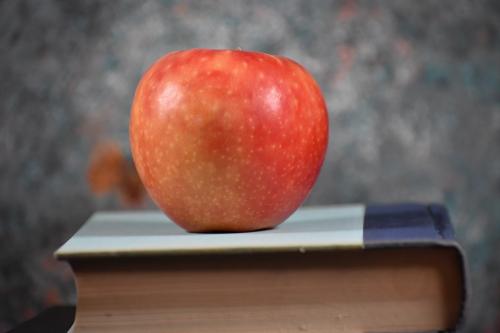
For Teachers
Browse our collection of rich activities and resources to help you develop your students' mathematical thinking
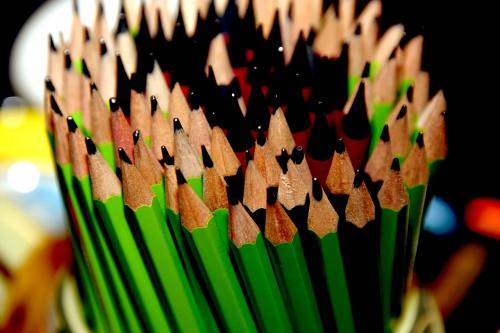
For Students
Take a look at our collections of tasks that will encourage you to think like a mathematician
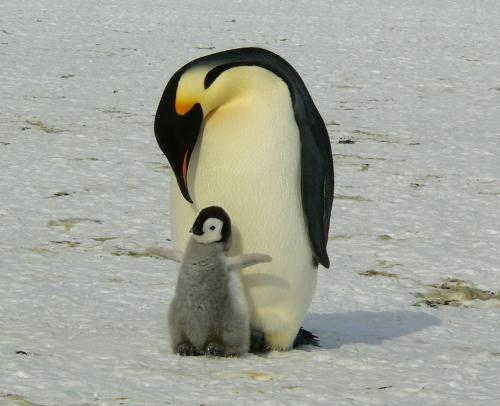
For Parents
Read our guidance on ways to support children working mathematically at home
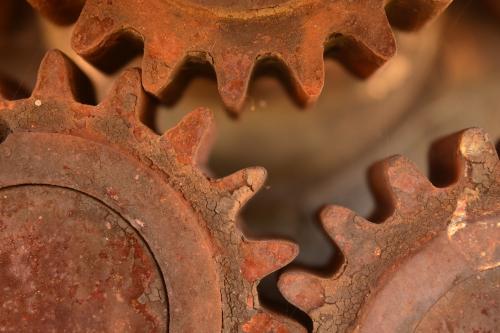
Problem-solving Schools
Learn about our exciting new intiative to embed non-routine problem-solving opportunities in your maths curriculum
Dive in
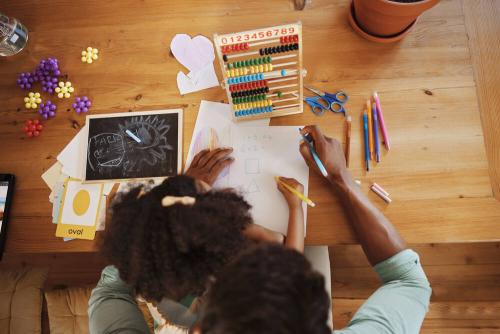
What we do and why we do it
Why not take a look at the key ideas that inform our work?

Primary curriculum-linked problems
Our favourite rich tasks, organised by curriculum topic and age group

Secondary curriculum-linked problems
Our favourite rich tasks, organised by curriculum topic and age group

Post 16 curriculum-linked problems
A selection of rich tasks ideal for developing subject content knowledge, mathematical thinking, and problem-solving skills.
